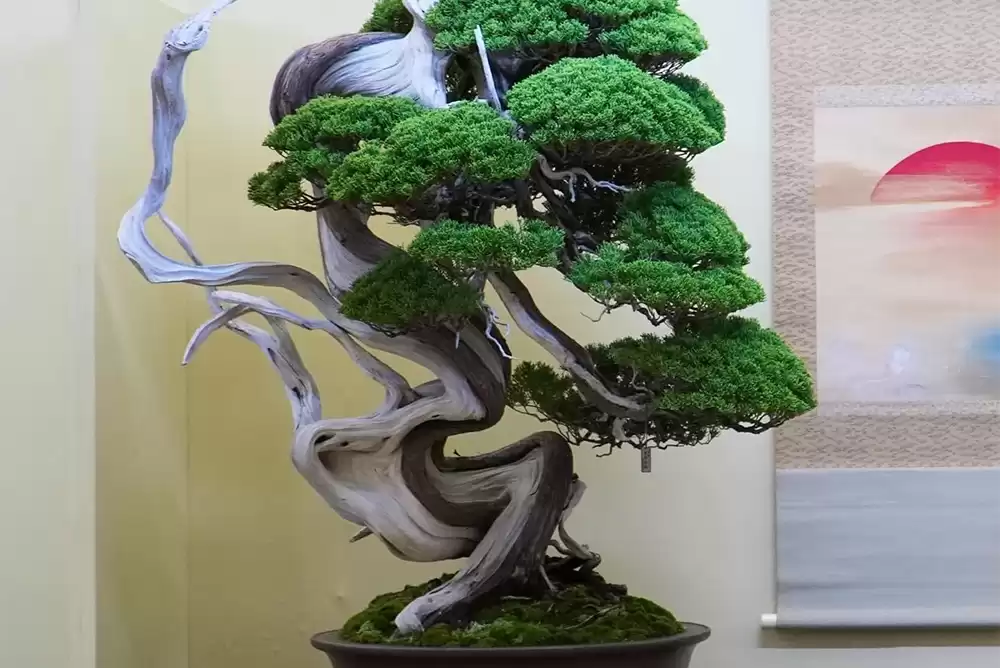
01 Jan How to Care for a Japanese White Pine Bonsai Tree
Japanese White Pine Bonsai trees are a beautiful addition to Japanese-themed gardens and can enhance the serenity of your Koi Pond area.
Understanding the proper care techniques is essential to ensure that your Japanese White Pine Bonsai thrives in the Los Angeles climate. This article will provide technical and practical guidance on caring for these exquisite bonsai trees.
Choosing the Right Japanese White Pine Bonsai
Start by selecting a healthy Japanese White Pine Bonsai. Look for well-established trees with vibrant green needles and a sturdy trunk. It is best to purchase your bonsai from a reputable nursery or supplier. Make sure the tree’s size and style complement your garden design.
Watering and Humidity Requirements
Japanese White Pine Bonsai trees require consistent moisture but should not be waterlogged. Water your bonsai when the top inch of the soil feels slightly dry to the touch. Ensure proper drainage in your bonsai pot to prevent water stagnation. In Los Angeles, where the climate can be dry, consider regularly misting the tree’s foliage to maintain humidity.
Pruning and Shaping Techniques
Pruning and shaping are crucial for maintaining the bonsai’s elegant form. Use sharp bonsai shears to trim back new growth, especially in the spring and early summer. Pay attention to the desired shape of your bonsai and prune accordingly. Wiring can also help guide branches into the desired position, but be gentle to avoid damaging the tree.
Soil and Pot Considerations
Japanese White Pine Bonsai trees prefer well-draining soil. A mix of Akadama, pumice, and lava rock is a popular choice. Repot your bonsai every two to three years, typically in early spring before new growth begins. Choose an appropriate-sized pot that allows room for root growth while maintaining the tree’s proportion.
Pest and Disease Management
Watch for pests like aphids, spider mites, and scale insects. Regularly inspect your bonsai for any signs of infestation. If detected, treat the affected areas with suitable insecticides or pesticides. Additionally, ensure good air circulation around your bonsai to prevent fungal diseases.
Incorporating Japanese White Pine Bonsai into Japanese-themed Gardens
Consider placing it on a decorative stand or stone slab to seamlessly blend your Japanese White Pine Bonsai into your Japanese-themed garden. Surround it with carefully chosen rocks, pebbles, or moss to create a natural setting. Ensure that the bonsai receives partial sunlight to thrive while maintaining the desired aesthetic of your garden.
Conclusion
By following these technical and practical tips, you can enjoy the beauty of a Japanese White Pine Bonsai in your Los Angeles garden or koi pond area. With proper care, your bonsai will become a captivating centerpiece, adding tranquility and elegance to your outdoor space. If you like professional Japanese White Pine Bonsai management, contact us at Aquatic Gardens today.



